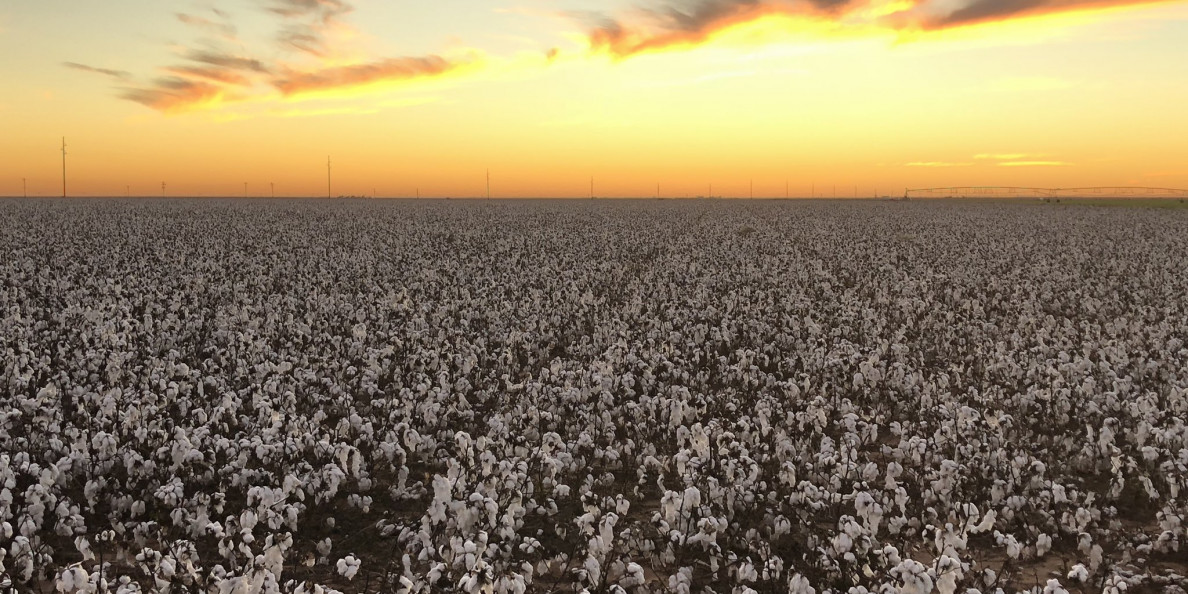Carroll Smith
As we embark on the 2020 cotton-growing season, there are a lot of wild cards out there. Of course, weather is a given. And the next two in line are the United States-China Phase I implementation and the coronavirus outbreak that began in China and has spread virtually across the globe.
In the 2020 World Cotton Outlook article on page 14, National Cotton Council economists report, “While the Phase 1 trade agreement provided some cautious optimism for an improvement in the cotton economic situation, the China coronavirus outbreak in the early weeks of 2020 could delay China’s ability to increase purchases in the near-term.”
California cotton farmers are wondering how they are supposed to control insect pests like aphids and lygus when recent actions by the state have banned Lorsban (chlorpyrifos) and slowed down the registration process for Transform (sulfoxaflor). Farmers in the rest of the cotton-growing states have access to these critical crop protection tools, but California producers do not.
The sustainability movement is gaining steam across the United States, but as NCC President and CEO Gary Adams says in Cotton’s Agenda on page 5, “More than 200 U.S. cotton producers enrolled in the NCC’s Trust Protocol pilot phase, but greater involvement is necessary to assure the global textile supply chain — including consumers — that U.S. cotton production is sustainable.”
If I can steal a phrase from Mississippi State University’s Darrin Dodds in the cover story about cotton fertility on page 10, “play the long game” when faced with challenges that may not be resolved in the short-term. And one of the critical factors in being successful with this strategy is maintaining a positive attitude going forward.
Last year, some of our Texas cotton producers experienced adverse weather conditions both at the beginning of the season and the end of the season. But, like all cotton farmers, they are a resilient bunch.
As the Texas Cotton Ginners’ Association Annual Meeting and Trade Show draws near, TCGA executive vice president Tony Williams notes on page 8 that “despite these setbacks, projected cotton acres in Texas only dropped slightly for 2020. Our farmers want to grow cotton and are anticipating a positive start.”
This year’s groundwork is in place, and we hope good conditions will prevail. And in looking forward, don’t forget to play the long game.


